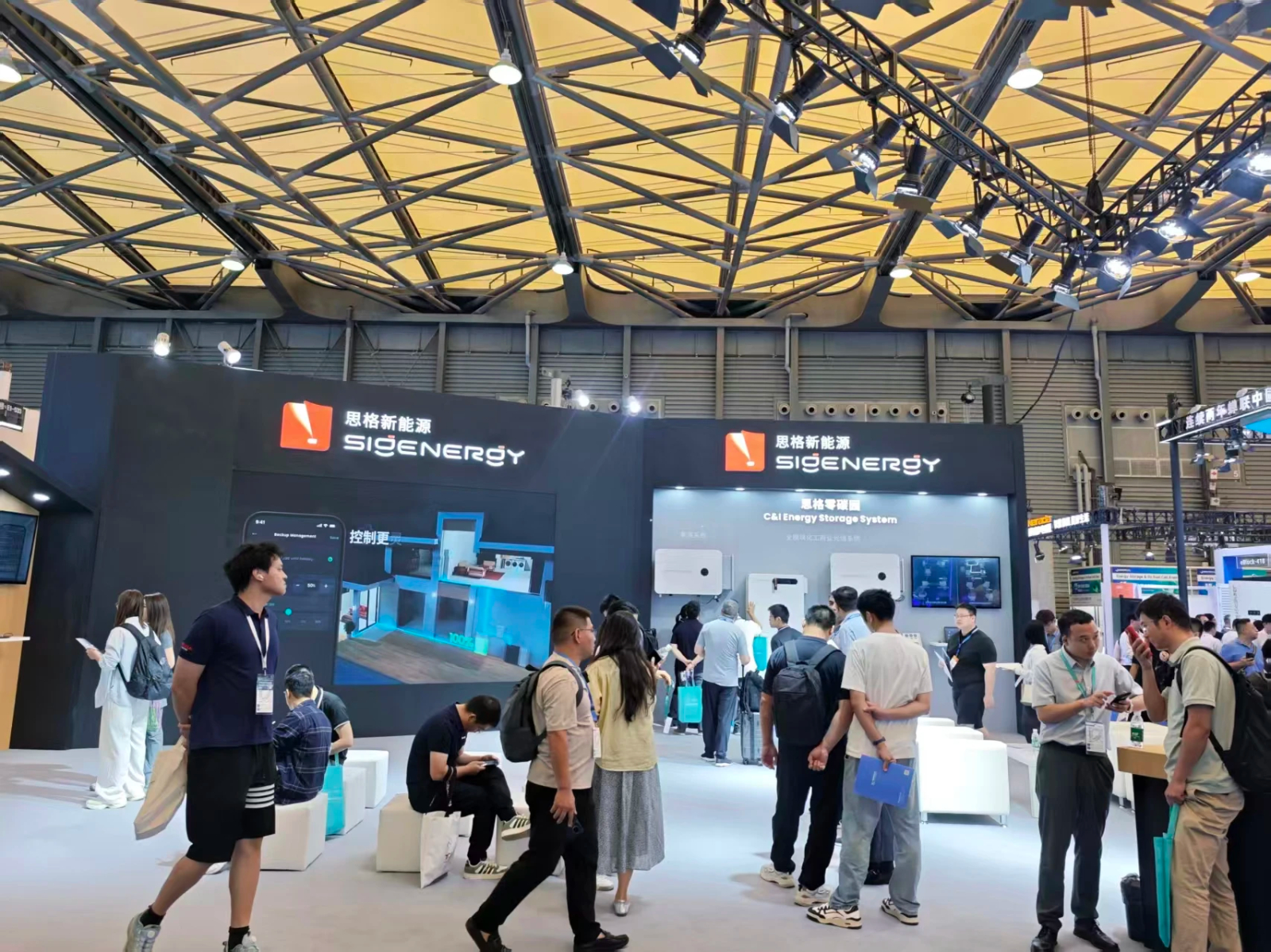 Last week, theSNEC Shanghai International Energy Storage & Battery Technology Conference & Exhibition concluded successfully. As an annual key event in the energy storage industry, this year's conference was grand in scale and highly attractive. It gathered over 600 exhibitors from dozens of countries around the world, 150,000 professional visitors, and more than 3,000 experts and representatives from the government, industry, academia and research sectors. This fully demonstrated the vigorous vitality and vitality of the energy storage industry.
Last week, theSNEC Shanghai International Energy Storage & Battery Technology Conference & Exhibition concluded successfully. As an annual key event in the energy storage industry, this year's conference was grand in scale and highly attractive. It gathered over 600 exhibitors from dozens of countries around the world, 150,000 professional visitors, and more than 3,000 experts and representatives from the government, industry, academia and research sectors. This fully demonstrated the vigorous vitality and vitality of the energy storage industry.
The concurrent exhibition covered a wide range of cutting-edge fields including energy storage, batteries, hydrogen energy and fuel cells. From upstream material and equipment supply, to mid-stream system integration and manufacturing, and then to downstream diversified application scenarios, the entire energy storage industry chain made its appearance with a "luxury lineup", fully demonstrating the industry's development achievements.
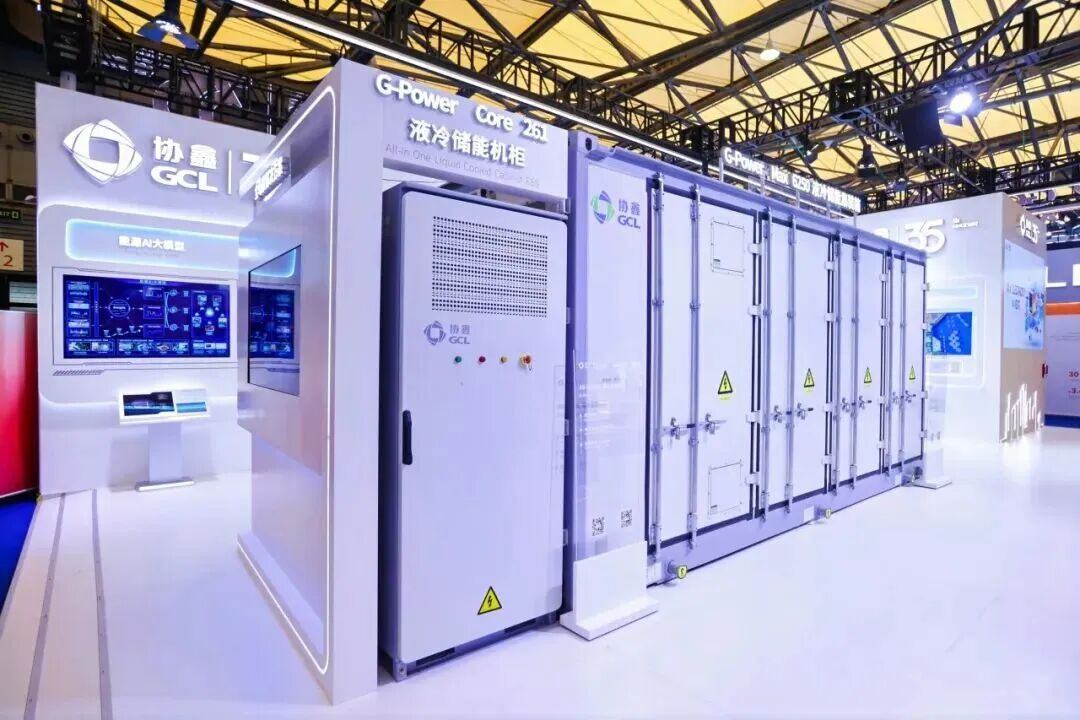 In terms of technological development, energy storage technology is moving away from a single model and entering a new stage of "mature differentiation and scenario integration". In the short term, lithium batteries will still dominate the market due to their significant advantages such as short construction cycle and flexible deployment. In the field of long-duration energy storage, technologies such as lead-acid batteries, flow batteries, air batteries and compressed air energy storage will accelerate their breakthroughs. At the exhibition, various technical routes including lithium batteries, flow batteries, sodium-ion batteries, solid-state batteries and compressed air energy storage "competed for brilliance", showing a trend of diversified development.
In terms of technological development, energy storage technology is moving away from a single model and entering a new stage of "mature differentiation and scenario integration". In the short term, lithium batteries will still dominate the market due to their significant advantages such as short construction cycle and flexible deployment. In the field of long-duration energy storage, technologies such as lead-acid batteries, flow batteries, air batteries and compressed air energy storage will accelerate their breakthroughs. At the exhibition, various technical routes including lithium batteries, flow batteries, sodium-ion batteries, solid-state batteries and compressed air energy storage "competed for brilliance", showing a trend of diversified development.
Regarding market prospects, the conference sent out positive signals. At the opening ceremony, it was predicted that "in the next five years, the annual compound growth rate of global new energy storage installed capacity will be as high as 30% to 40%". This data has undoubtedly injected a shot in the arm into the industry. Another set of data shows that the installed capacity of energy storage is expected to achieve nearly 10-fold growth by 2030, which means that a trillion-level market track is gradually unfolding.
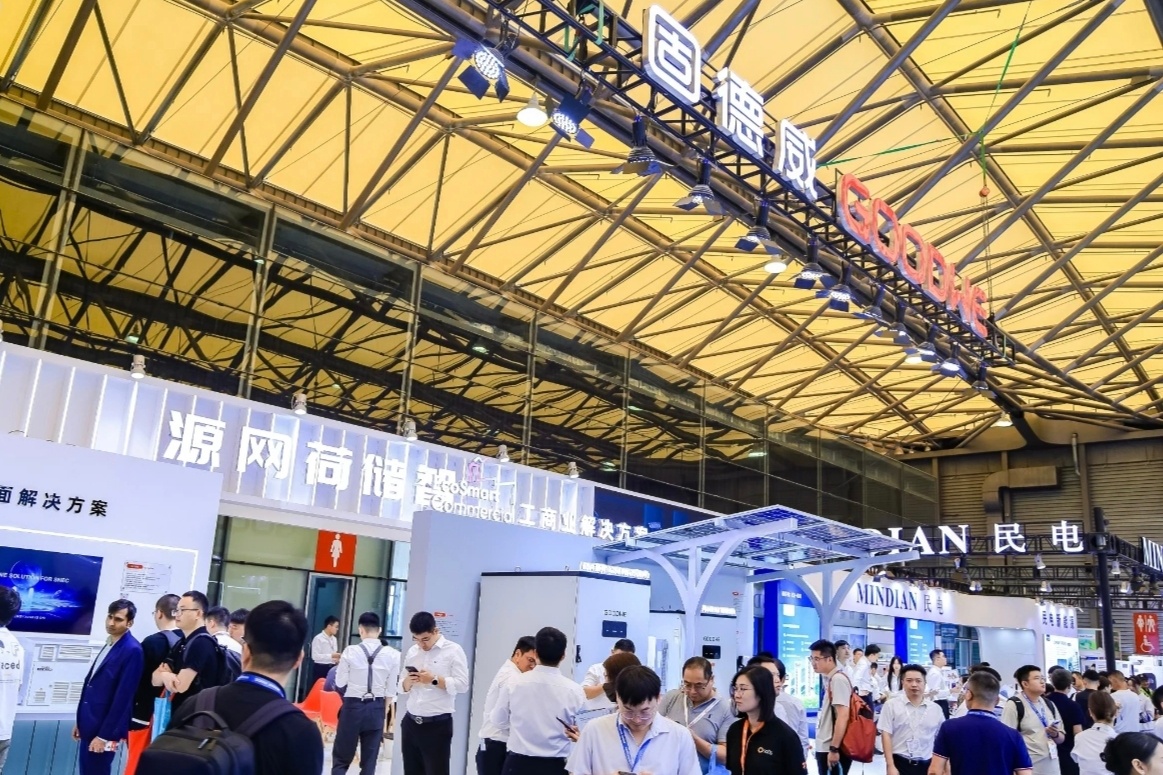 During the exhibition, a number of innovative concepts and practical cases attracted attention. Among them, the view that "energy storage systems are becoming the core infrastructure for computing power" and the integrated concept of "wind-solar-storage-computing" have attracted much attention. For example, GCL's "wind-solar-storage-computing" project in the Middle East has successfully reduced the electricity price to approximately 0.15 yuan per kWh, providing a strong example for the implementation and application of this concept.
During the exhibition, a number of innovative concepts and practical cases attracted attention. Among them, the view that "energy storage systems are becoming the core infrastructure for computing power" and the integrated concept of "wind-solar-storage-computing" have attracted much attention. For example, GCL's "wind-solar-storage-computing" project in the Middle East has successfully reduced the electricity price to approximately 0.15 yuan per kWh, providing a strong example for the implementation and application of this concept.
Behind the bustling scene of the exhibition, the industry also needs to think calmly and return to the essence of value. There are three key considerations:
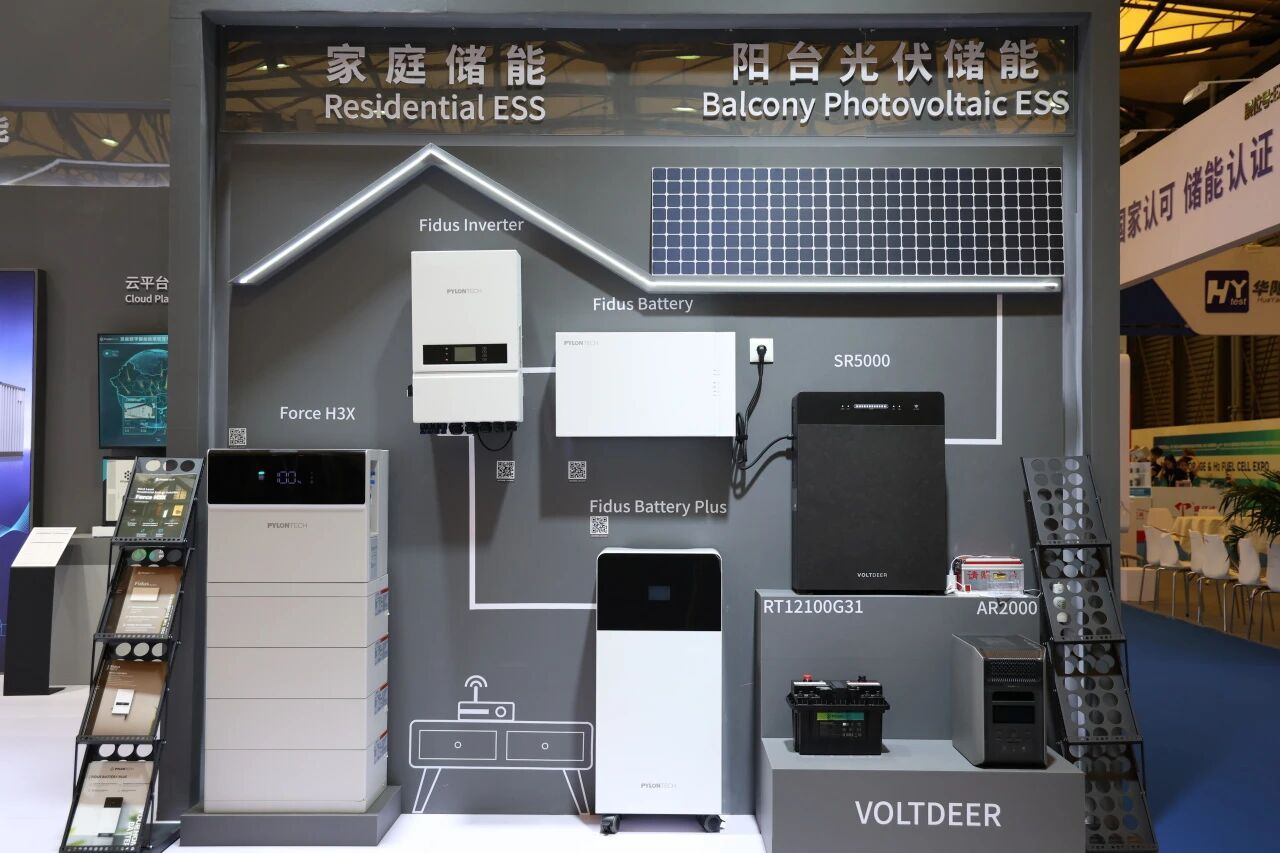 First, industry competition should shift from parameter competition to value competition. Energy storage projects are not a "sprint race" but a long-term "marathon". They should not overly focus on parameters such as the capacity of a single cell, but rather focus on whether they can provide stable and reliable returns for investors. Full-cycle services will become the future development trend.
First, industry competition should shift from parameter competition to value competition. Energy storage projects are not a "sprint race" but a long-term "marathon". They should not overly focus on parameters such as the capacity of a single cell, but rather focus on whether they can provide stable and reliable returns for investors. Full-cycle services will become the future development trend.
Second, enterprises should pay more attention to refined operations rather than blind expansion. Enterprises can increase their profits by fully exploring load characteristics, optimizing demand management, promoting the integration of electricity sales, and participating in demand-side responses. In the future, operational capabilities will replace construction capabilities and equipment prices to become the core competitiveness of enterprises.
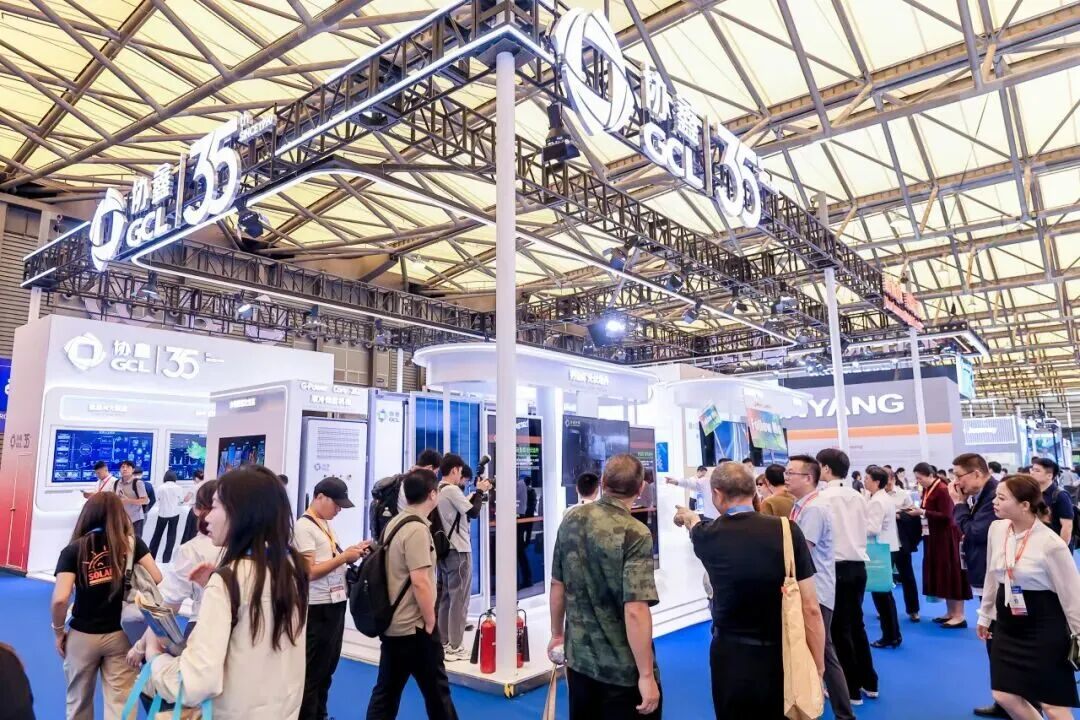 Finally, peer enterprises need to build anti-cycle capabilities. Industry fluctuations are inevitable, and enterprises must learn to develop steadily in both good and bad times, and avoid relying on a "greenhouse-style" living environment. In the face of uncertainties such as policy changes, price fluctuations and technological transformations, enterprises should actively build their own "moats" to achieve long-term development.
Finally, peer enterprises need to build anti-cycle capabilities. Industry fluctuations are inevitable, and enterprises must learn to develop steadily in both good and bad times, and avoid relying on a "greenhouse-style" living environment. In the face of uncertainties such as policy changes, price fluctuations and technological transformations, enterprises should actively build their own "moats" to achieve long-term development.
As a key link in the energy transition, the strategic value of energy storage is beyond doubt. Drawing on the experience of the construction boom of new energy such as photovoltaics, the energy storage industry needs to think calmly, return to the essence of business, and realize the transformation from a "price-oriented" to a "value-oriented" model. Only in this way can the energy storage industry truly become a solid force promoting the energy revolution and contribute more to the global energy transition.



